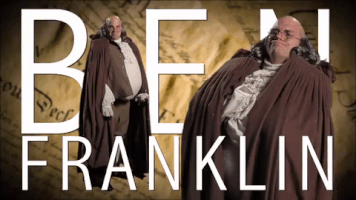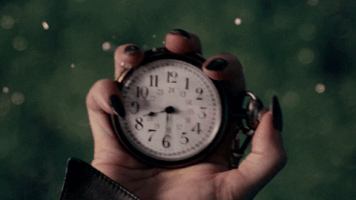After chilly spells over the last week or so, especially the last few days, warmth will return this week. It will stay warm for a while, but not forever…we are, after all, heading into November.
But I expect temperatures to get into at least the lower 70’s the first two weeks of November, which is a good bit above normal.  Our normal high for this time of year is around 63 degrees. The other thing is that several disturbances will move across our area with each one bringing rain possibilities but no serious cold weather. Most of western Kentucky still hasn’t received its first freeze yet.
Our normal high for this time of year is around 63 degrees. The other thing is that several disturbances will move across our area with each one bringing rain possibilities but no serious cold weather. Most of western Kentucky still hasn’t received its first freeze yet.
The days when a freeze was expected, persistent clouds and a little wind prevented the freeze from happening. A freeze would have also caused the fall colors to turn brown and end the color season. Our foliage in the area is at about 50 to 60 percent changed now. But i t isn’t as brilliant as in years past. Looking ahead, I don’t see much change until sometime around the 12th through the 15th of the month. There are indications that blocking patterns are trending to provide much colder conditions, especially as we near Thanksgiving and beyond. Yes…there could be snow chances…I did say Chances. We will see.
t isn’t as brilliant as in years past. Looking ahead, I don’t see much change until sometime around the 12th through the 15th of the month. There are indications that blocking patterns are trending to provide much colder conditions, especially as we near Thanksgiving and beyond. Yes…there could be snow chances…I did say Chances. We will see.
Don’t forget that clocks go back to regular time at 2 AM on Sunday morning the 5th. The idea of Daylight Saving Time dates back to the 18th century and has been inconsistently observed since World War I. Ben Franklin is the first to be attributed with the idea of Daylight Saving Time. Franklin imagined how many candles could be saved if  people were rising with the sun each morning. And thus, the idea that daylight saving time could save energy was born. More than 100 years later, British builder, William Willett also felt that people were missing the best part of the day as the sun was rising earlier than usual. He introduced the concept of moving the clocks forward during the summer months to ensure longer days. Willet fought to introduce DST to the U.K. but did not see the concept come to life before he died.
people were rising with the sun each morning. And thus, the idea that daylight saving time could save energy was born. More than 100 years later, British builder, William Willett also felt that people were missing the best part of the day as the sun was rising earlier than usual. He introduced the concept of moving the clocks forward during the summer months to ensure longer days. Willet fought to introduce DST to the U.K. but did not see the concept come to life before he died.
During World War I, the Start Time Act was passed in the U.S. and established time zones and incorporated DST into federal law. Due to the war, it was important to conserve materials for the war effort, and law enforcers believed that longer daytime hours would limit the number of tasks that would need to be completed at night. Following the conclusion of World War I, Daylight Saving Time was revoked until World War II. It was referred to as “War Time” and spanned from February until September. After World War II, it was up to a locality’s discretion as to whether they would observe Daylight Saving Time or not.
The non-uniform DST led to mass confusion and miscommunication, especially among transportation services. In 1966, the Uniform Time Act was passed and gave stat es the option to forego DST observation if they passed proper ordinances. Since then, some states have chosen to opt out of observing while others continue to observe DST. In 2016, a poll was conducted that showed 83 percent of voters said that daylight saving is not necessary. Historically, it’s used to save energy. It reduces traffic accidents, and it benefits public health. People are more likely to go outdoors when it’s light out which increases productivity. Studies show Daylight Saving Time decreases crime rates since people are more likely to commit outdoor crimes in the hour after sunset rather than the hour before sunrise.
es the option to forego DST observation if they passed proper ordinances. Since then, some states have chosen to opt out of observing while others continue to observe DST. In 2016, a poll was conducted that showed 83 percent of voters said that daylight saving is not necessary. Historically, it’s used to save energy. It reduces traffic accidents, and it benefits public health. People are more likely to go outdoors when it’s light out which increases productivity. Studies show Daylight Saving Time decreases crime rates since people are more likely to commit outdoor crimes in the hour after sunset rather than the hour before sunrise.
People should ask themselves, is the unpleasantness of losing an hour sleep and changing your clocks and having some negative affects the first day or two more important than the benefit of having an extra hour of daylight for 8 months. Although the length of Daylight Saving Time has changed three times since the 1960s, it appears the practice is here to stay. Feel free to leave comments and be sure to hit the “Like” button at the bottom of this post.




